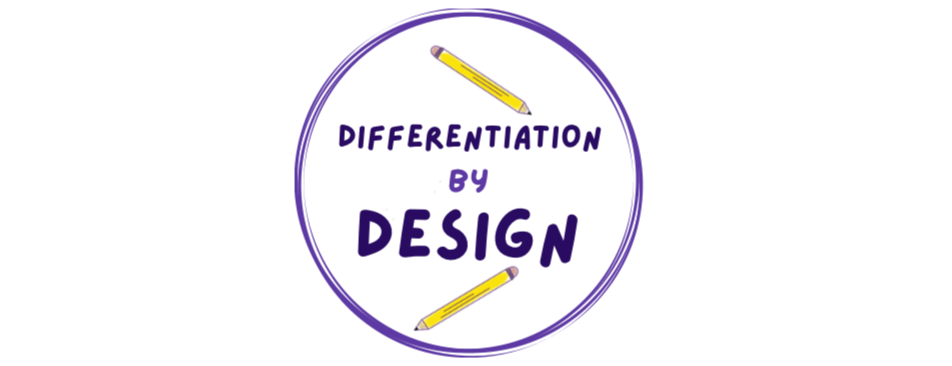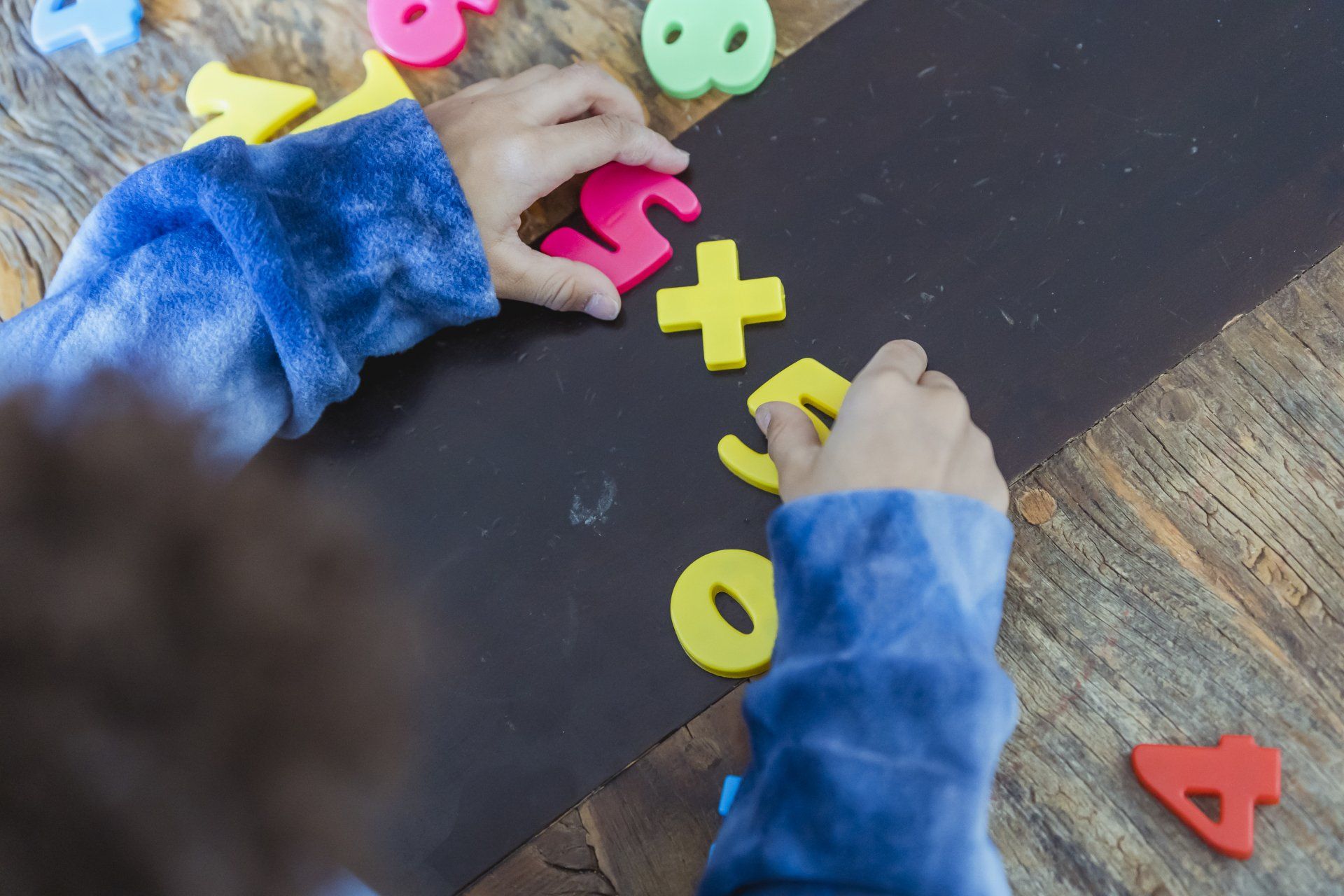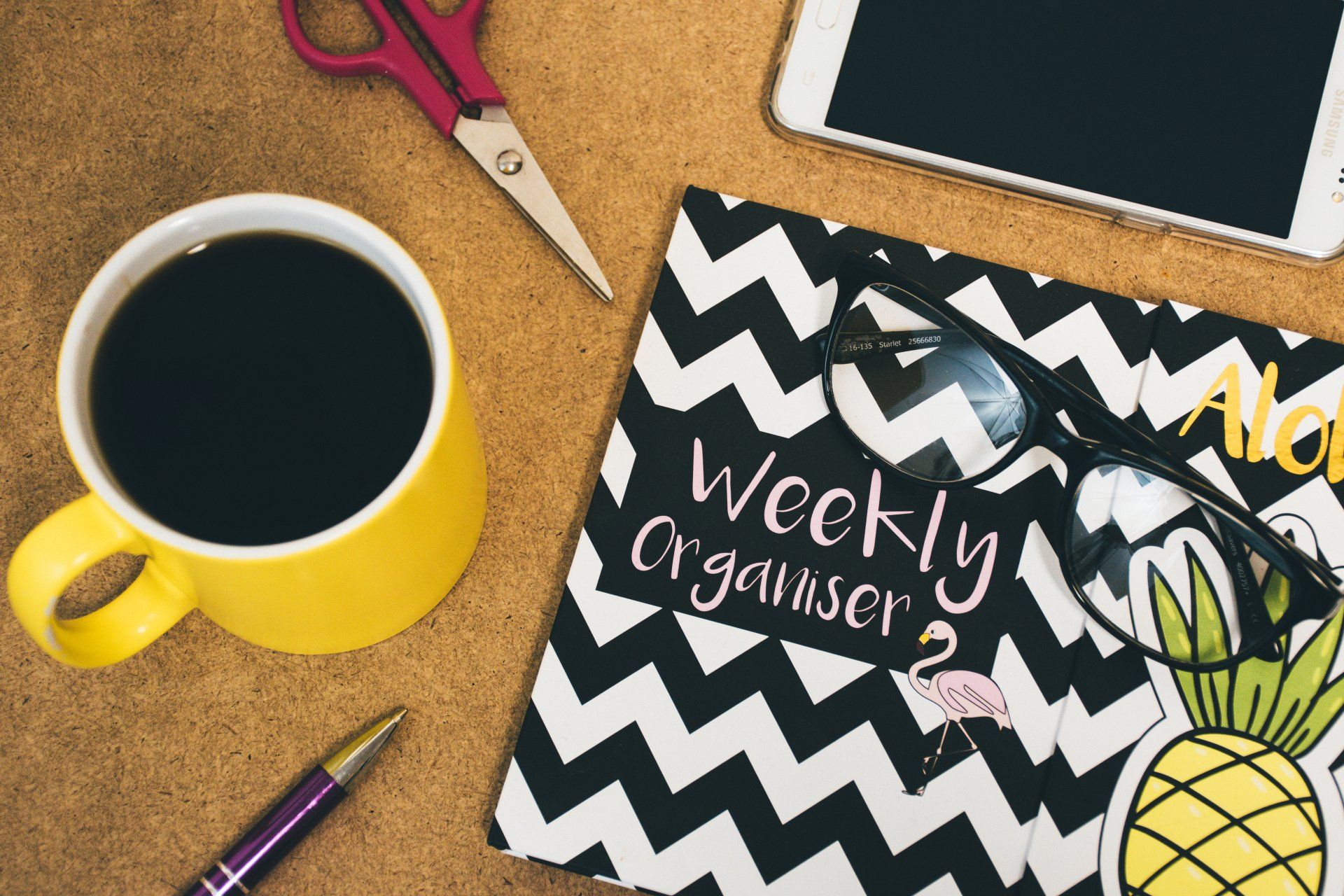How Will I Know When it is Time to Reduce Scaffolds?
Have you been using errorless learning? How will you know when your students don’t need it anymore?
Students generally do not use additional resources unless they need them. For example, a student will not use a multiplication chart if they already have the facts memorized. The memorized facts serve as a more efficient strategy, and the multiplication chart - in that case - would be a less efficient strategy. We, as humans, generally use the most efficient strategy possible when it comes to solving problems.
When we provide errorless learning opportunities, the goal is to eventually take those supports away so the student can prove that they can solve a given problem independently. Taking away scaffolds can be difficult on the teacher and student, and is often a balancing act. You may take away a scaffold, but then need to provide it again the following week if the student struggles to meet expectations.
Some students need an extra push to become independent with solving problems in school. It is up to us as educators to determine when they require additional resources and when they have the skills to do it on their own. Reducing scaffolds comes down to three important questions:
- Does the student have at least one or two strategies they can use to solve this problem?
- Is the student confident that they can use these strategies independently?
- Does your data from consistent data collection indicate that they are improving on this skill?
We will delve deeper into each of these questions:
Strategies
If a student is solving an addition problem, do they know that addition is adding two or more numbers together? Do they know that they can use their fingers, objects, or a number line to represent these numbers? Can they count the amount of objects that are being added? If you have answered yes to most of these questions, the student can probably begin to solve addition problems without the errorless learning scaffold that you have been providing them. Knowing where to begin in solving a problem or equation is extremely important. If the student can demonstrate that the know strategies for solving the concept, it is likely time to reduce the amount of errorless tools that they are receiving.
Data Collection
Is a student’s data improving on the skill that they’ve been receiving errorless scaffolds in? Does the errorless work seem too easy for them? Based on your data collection (formal assessments and informal observations during instruction), you may decide to increase or decrease scaffolds. If a student is showing progress on a given concept, it may be beneficial to slowly decrease the scaffolds. If they cannot seem to adjust, it is easy enough to add the support back in!
Confidence Level
Does your student consistently boast about how easy a given concept is? And do they also have the skills to back up that confidence? This is certainly a sign that they could do without as many supports. On the other hand, if they tend to freeze up anytime they need to answer a question, they may require that additional support a bit longer - at least for independent work!
Conclusion
Overall, it can be difficult to determine whether a student truly needs additional supports. Given the amount that students are expected to learn and retain each day, I try to make sure that all my students feel comfortable with their new concepts and assignments, even if that means using extra accommodations a few days longer. Also, please know that this structure does not apply to all students. Some students will always need some type of errorless learning support for their academic concepts and that is okay too! We, as teachers, need to meet our students where they are and support them to the best of our ability!










